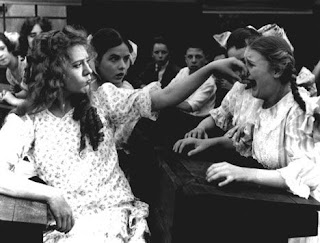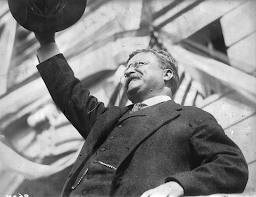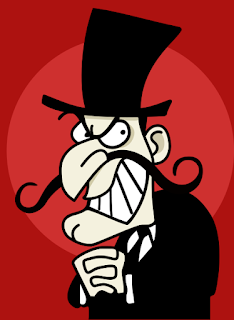My art
So much to say and where to start. I guess I’ll start at the
beginning. It all began with my grandmother. She taught me needle art. Art was
everywhere, but just a part of life. I drew in charcoal. My father painted, my
mother drew in pencils.
I loved needlework. I embroidered and cross stitched. I made
Christmas presents for everyone. I made my own cross stitch patterns. I’m sure
that everyone was tired of my craftiness. My sister has one of the few
remaining originals. I made it for her wedding. It has a Pegasus on it since
she always loved those winged horses. What I loved most about needle work, was
the pattern and design forming out of nothing off the white canvas. You start
with something white and slowly the design emerges from the void.
 Tole painting was the start of my major focus on art and
crafts. I loved to paint on wood. I actually owned a band saw and cut my own
pieces. You can never find exactly what you want at a craft store.
Tole painting was the start of my major focus on art and
crafts. I loved to paint on wood. I actually owned a band saw and cut my own
pieces. You can never find exactly what you want at a craft store.
When I moved to southern California
I’m pulled to the human form. My soul is called to help
others. I helped form a volunteer program of doulas for the Sutter Davis
Hospital
I love the flow of muscle and skin. Clay is a fluid medium
that flows and solidifies into strength.



